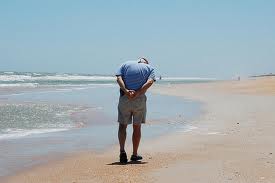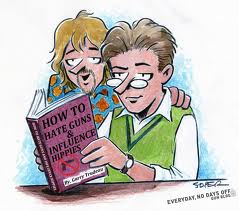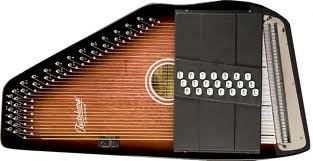 |
| How we did it back in the olden days... |
When my Dad passed away recently, several boxes of old family photographs ended up at my house. Only recently have I had the time to give them any more than a cursory glance.
Many of them were pictures from my childhood, generally when I was on vacation, either in Calgary or Gibsons, B.C.
These pictures always evoke a visceral response, a strong longing to be in those places once more, as a child. I've been able to go back to many of those spots in the pictures as an adult but, obviously, they are not the same and never will be. It would be preferable to simply crawl back inside any of those pictures and just resume my life all over again. It is apparent from talking to some of my relatives that they wish this was a possibility as well.
 |
| How it's done these days |
There is a difference between the black-and-white photos of yesteryear and the digital ones of today. The old ones can be held. Having to take them somewhere and get them developed produced something that could be arranged, collected, written on, stored and moved. Sometimes this meant they got tattered around the ages, or creased. Often this did little to deter from their value, much as laugh lines give a face personality.
 |
| Old photo albums |
 |
| Digital picture frame |



















